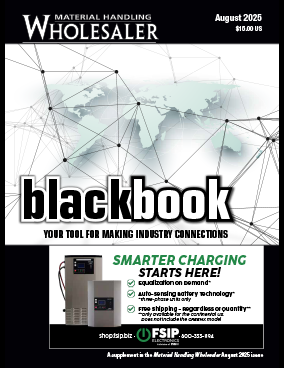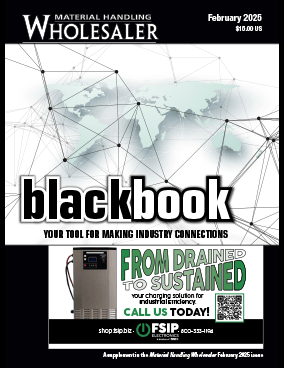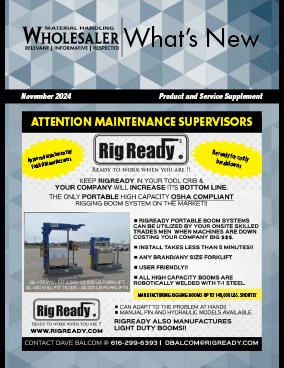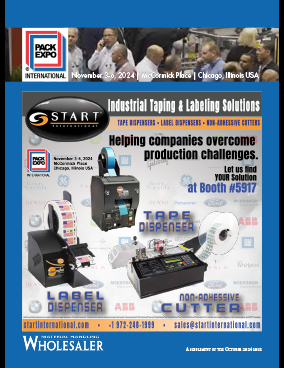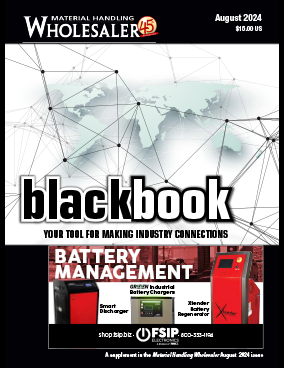AI doesn’t fix safety—that’s the myth. Warehouses that expect real-time insights to magically improve performance are missing the point. AI is a tool, not a strategy. The real lever for change? Behavior, coaching, and reinforcement. Without those, even the most advanced systems end up collecting digital dust.
Because here’s the truth: technology without behavior change doesn’t move the needle.
Warehouses have never had more access to data. AI tools can now forecast equipment failures, flag late-stage order issues, and detect deviations in pick-and-pack accuracy — all in real time. However, none of this matters if people don’t act on what the data reveals. Insights alone don’t improve safety, productivity or accountability. What does? Building a culture of action around those insights.
Why AI adoption can stall out
Many warehouses have invested in AI-powered tools—predictive analytics, real-time alerts, digital twins—only to find that outcomes don’t change much. Why? The insights stay on the screen. They don’t make it into the moments that shape behavior: shift huddles, Gemba walks, performance coaching, incentive reviews, and even underlying system configuration changes.
Fundamental transformation happens when AI stops being a dashboard feature and becomes a shared language for operational excellence. When AI is integrated into the daily cadence of work, not bolted on as an afterthought, it becomes a catalyst for cultural change.
Where culture meets code
Want AI to drive real impact? Start where decisions are already being made.
- Gemba walks become a real-time feedback loop. Supervisors walk the floor with AI insights in hand, not just clipboards. A flagged safety deviation or a recurring exception triggers in-the-moment coaching. It’s not about micromanaging but enabling quick course correction before issues escalate.
- Coaching conversations evolve from reactive to strategic. Instead of relying on anecdotal feedback, managers can use AI-powered trend reports to guide 1:1s. If a team member consistently reworks orders after packing, the data can highlight it. That opens the door to targeted coaching, skill development, or even cross-training opportunities.
- Bonus structures align incentives with the right behaviors. For example, bonus criteria can include proactive interventions based on AI signals instead of purely rewarding throughput, like addressing a maintenance alert before downtime occurs, or rerouting a misallocated picker based on real-time zone data.
By embedding AI into existing rhythms — instead of creating entirely new ones — you reduce friction and build buy-in.
Trust, not tech, is the accelerant
The most significant barrier to operational AI isn’t the technology. It’s trust.
When workers don’t understand how AI draws its conclusions, or fear they’re being replaced by it, resistance is inevitable. That’s why transparency is critical. Please explain what the system measures, how it’s weighted, and where human judgment still plays a role. This isn’t about removing people from the process — it’s about giving them better tools to succeed.
Start small. Use AI insights to open conversations, not close them. Build confidence in the tool before scaling its use across functions.
Reinforce the right outcomes
A data-driven safety culture doesn’t just react to problems — it prevents them. However, to sustain that shift, leaders must model the change and recognize the behaviors that support it. Celebrate when a team catches a pattern early. Share wins where AI played a part. When the message from leadership is clear — that safety and continuous improvement are team efforts, powered by both people and data — adoption follows.
The best warehouses don’t just run smarter. They coach smarter, reward smarter, and lead smarter — using AI not to replace decision-makers, but to sharpen their impact.
About Vee
Vee Srithayakumar is a product leader in warehouse management at Tecsys, driving innovation through AI-driven and advanced warehouse execution system initiatives. His contributions to the supply chain industry earned him recognition as a 2024 Supply & Demand Chain Executive “Pros to Know.”






